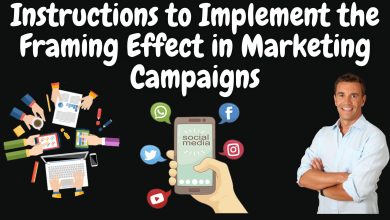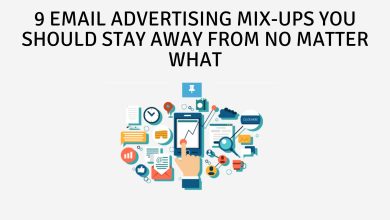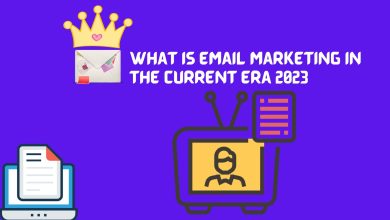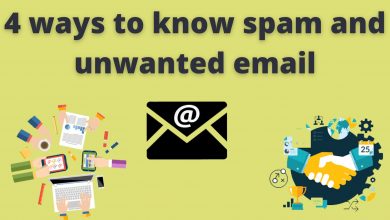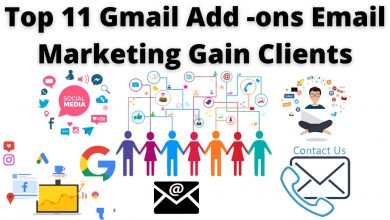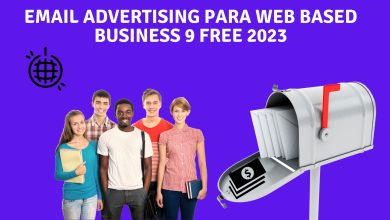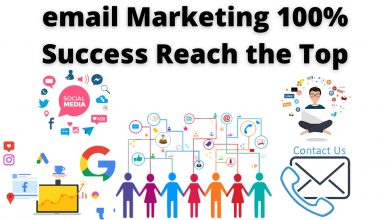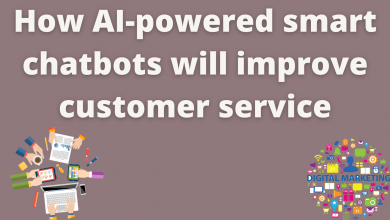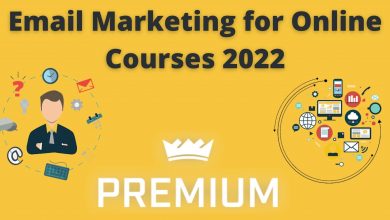How to Use Email Marketing for Business in 2022
There are more than 30 million small businesses across the United States. That means any startup entering the market faces some serious competition, especially in crowded sectors.

An effective marketing strategy is a key to establishing a brand, reaching target customers, and ultimately demonstrating your value. And email marketing remains a vital element of any good marketing strategy. Social media might have proven itself a terrific channel for growing audiences, but email is actually 40x better for acquiring customers.
But it’s not a simple process, and no small business can just guess its way to success. So, how can startups actually make the most of their email marketing for maximum impact?
Here are five essential lessons to consider.
1. Simplicity is Key

Startups must avoid making a common mistake when embarking on an email marketing campaign: trying to be too sophisticated and clever.
Overloading emails with visual elements and flowery text might seem like a good way to earn credibility, but a bells-and-whistles approach isn’t in the recipient’s best interests. In fact, research shows marketing emails engage customers most when they’re relevant and offer discounts/free shipping.
Marketing emails should feature clear branding and an eye-catching design without overwhelming customers. Aim to create irresistible calls to action and concise, catchy text, ideally with a special offer to incentivize engagement.
Think about why the customer should read your email when they have a crammed inbox to scroll through.
2. Do Your Research

Startups need to attract new customers and grow their audience with their email marketing, both of which are difficult to do without knowing to whom they’re sending marketing emails.
Gather data on the target audience by sending surveys or conducting quick live chats with visitors to your site. Try to get information on their age, their expectations from marketing emails, why they might have unsubscribed from some brands’ newsletters in the past, etc.
These details can inform buyer personas, which enables startups to segment their audience and target disparate customer types more effectively. Roughly 90 percent of businesses employing personas have developed a clearer understanding of their customer base.
3. Automation Boosts Efficiency and Saves Time

Businesses taking advantage of automation technology have seen their conversion rates rise by as much as 50 percent, and are 133 percent more likely to create messages which align with buyers’ purchase cycles.
Automating email marketing saves startups time and empowers them with the means to send emails in bulk. Contact lists can be added, and the best bulk email software is designed to accommodate total novices. Being able to create customized emails tailored to customer preferences and expectations, without needing to send each one manually, is a huge advantage.
Using email automation software makes sticking to a fixed schedule much easier, too. Research shows sending marketing emails on weekends can achieve higher engagement, as people have more free time and marketers tend to send emails during the working week.
4. Personalization is Crucial

Personalizing marketing emails generates a median ROI of 122 percent and earns 46 percent higher open rates on average.
Emails should be personalized with the recipient’s name, and suit their buying habits or interests. It’s difficult to get an exact match, but gathering data, creating buyer personas, and segmenting audiences make effective personalization much simpler.
A/B testing (also known as split testing) is one helpful way to explore different approaches to personalization. Startups can create two emails for the same segment, utilizing different design elements, text, and calls-to-action. Even discounts or offers may vary, too.
The version achieving the highest engagement and (hopefully) sales is the strongest. But the less-successful email might still include valuable features worth incorporating into the “final” version.
5. Subject Lines Matter

Subject lines play a major part in a customer’s decision to open a marketing email or not. One that’s bland or irrelevant to the recipient is more likely to be ignored than one that’s punchier.
Essentially, a good subject line is like an eye-catching headline at the start of a blog post or news article. It should pull the reader in and make it impossible to simply scroll past.
Subject lines should be short and direct. Including the recipient’s name can help persuade them to open it, as it creates a sense of exclusivity and suggests personal value.
They should be honest, too: subject lines must never make a misleading or false promise. Yes, the customer might open it or click through to a landing page — but they’ll soon leave when they realize the truth. And they’ll be far less likely to open others in the future.
These email marketing lessons can help startups build stronger, more effective, more successful campaigns. Getting marketing emails right demands time and patience, due to the sheer amount of data-gathering and testing involved.
But startups that take email marketing seriously and commit to doing it well can generate real results over time. Customers will start to associate their emails with value and interesting insights, rather than seeing them as just another attempt to get clicks.
